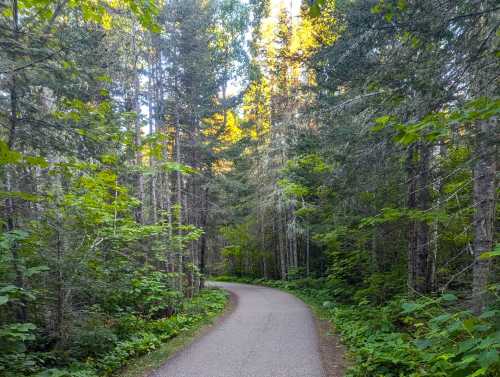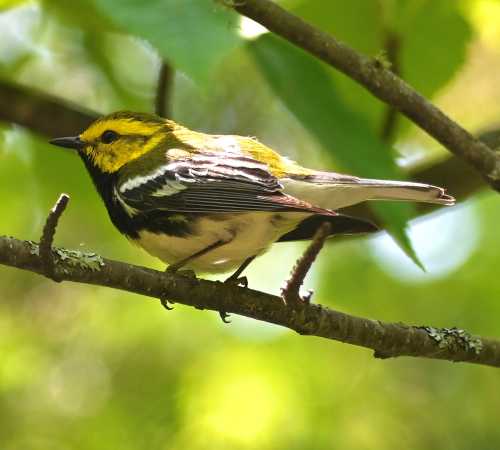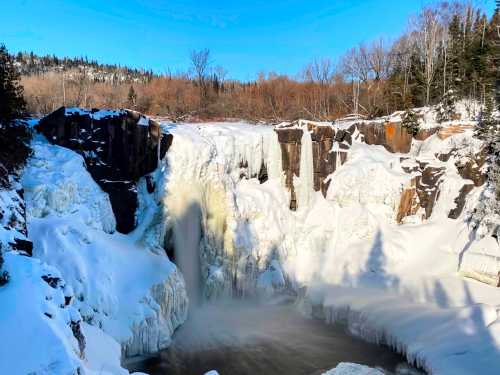When the last glaciers retreated thousands of years ago, they left a large portion of the Upper Midwest unaffected. Rather than smooth plains and prairies or flat woodlands, the so-called "Driftless" Area is characterized by deep, wooded ravines, rushing streams and rivers, limestone rock formations and caves, and towering bluff faces. The area is so unique that a group has formed to push for the creation of Driftless National Park and Preserve. And frankly, we think they have a pretty good idea!
The Driftless Area encompasses the parts of southeastern Minnesota, southwestern Wisconsin, northeastern Iowa, and northwestern Illinois that avoided glaciation during the last ice age.
The region stretches from the southeastern part of the Twin Cities metropolitan area, in Minnesota and Wisconsin, to approximately Clinton, Iowa, which is just north of the Quad Cities. The charming town of Galena, Illinois and the Prairie State's highest point both lie within Driftless Area.
The region is bisected and largely defined by the Mississippi River, which emerged from the ice ages as the massive Glacial River Warren.
Fed by runoff from the melting glaciers, the ancient river's power can be still be seen in the Mississippi's wide valley and the bluffs that tower over it. Much of the river's course through the Driftless Area is protected as the Upper Mississippi River National Wildlife and Fish Refuge.
Dozens of state parks, forests, and recreation areas can be found throughout the Driftless Area.
Wildcat Mountain and Devil's Lake state parks in Wisconsin, are both ruggedly beautiful and attract many tourists every year.
The region's karst geography and hardwood forests are its two main characteristics.
These offer stunning rock formations, bluffs, and caves, such as those at Iowa's Maquoketa Caves State Park, that make the region unique in its natural beauty.
Sinkholes are another common feature of karst geography.
You'll find the self-proclaimed Sink Hole Capital of the U.S.A. in Minnesota's Driftless Area.
Effigy Mounds National Monument is located on the bluffs along the Mississippi River in northeastern Iowa.
Since there's already a national park unit that manages a piece of the Driftless Area, the NPS has a foothold for establishing a larger unit in the region. The monument could be expanded into a larger park simply by adding land that is already managed by the National Wildlife Refuge and through cooperative agreements with state forestry offices.
Of course, there are still many hurdles to clear before there could be a Driftless National Park and Preserve, but we think there's a much better argument for a portion of this region to be a national park than, say, Gateway Arch downriver.
What do you think? Should there be a Driftless National Park and Preserve? Let us know in the comments!
Subscribe to our newsletter
Get the latest updates and news
Thank you for subscribing!






















